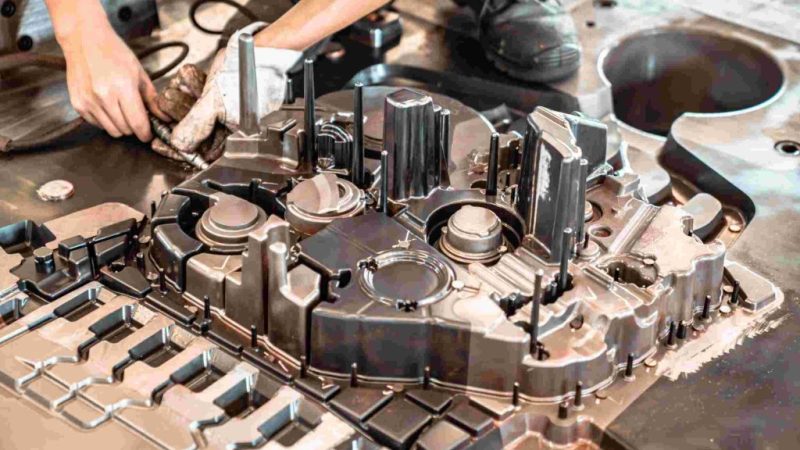How a Workplace Injury Prevention Analysis Can Keep Your Team Safe

Ensuring the safety of your team is one of the most important responsibilities in any workplace. Injuries at work not only affect employees’ health and morale but also lead to decreased productivity and higher costs for the business. One of the most effective ways to protect your team is by conducting a thorough workplace injury prevention analysis. This process helps identify risks before they become serious problems and ensures that safety measures are in place to prevent accidents.
Understanding Workplace Injury Prevention Analysis
A workplace injury prevention analysis is a systematic review of your work environment to identify potential hazards that could cause injury. It involves examining every aspect of daily operations, from equipment and machinery to employee behavior and workflow processes. By carefully analyzing these elements, you can determine which areas pose the highest risk and take proactive steps to reduce them. This analysis is not just about compliance with safety regulations; it’s about creating a culture of safety where employees feel secure and supported in their roles.
Identifying Common Workplace Hazards
One of the key benefits of a workplace injury prevention analysis is the identification of common hazards that might otherwise go unnoticed. These hazards can include anything from slippery floors and poorly maintained equipment to repetitive strain injuries from certain tasks. By spotting these risks early, you can implement targeted solutions that prevent accidents from occurring. Understanding the types of hazards in your workplace also helps in providing relevant training and protective equipment for your team, ensuring that everyone knows how to stay safe while performing their duties.
Implementing Effective Safety Measures
Once potential risks have been identified, the next step in a workplace injury prevention analysis is to implement effective safety measures. These measures may include updating equipment, improving lighting, reorganizing workstations, or introducing ergonomic tools that reduce strain on employees’ bodies. Safety protocols such as proper lifting techniques, regular breaks, and emergency procedures can also be reinforced. The goal is to address hazards before they cause harm, making the workplace a safer and more productive environment for everyone.
Training and Employee Engagement
A workplace injury prevention analysis is not complete without employee involvement. Training your team on safety practices and hazard awareness is essential. Employees who understand the risks associated with their tasks are more likely to follow safety procedures and report potential issues before they escalate. Encouraging open communication about workplace safety also creates a sense of shared responsibility, where every team member contributes to maintaining a safe environment. This engagement can lead to a significant reduction in accidents and a stronger overall safety culture.
Monitoring and Continuous Improvement
Safety is an ongoing process, and a workplace injury prevention analysis is not a one-time event. Regular monitoring and reviews ensure that safety measures remain effective as operations evolve. Collecting data on near misses, injuries, and safety incidents helps in evaluating the effectiveness of existing strategies and identifying areas for improvement. By continuously refining your safety practices, you can stay ahead of potential hazards and ensure that your team remains protected in the long term.
Conclusion
Conducting a workplace injury prevention analysis is a proactive and essential step in keeping your team safe. By identifying hazards, implementing targeted safety measures, engaging employees, and monitoring outcomes, you create a safer and more productive work environment. Investing in safety not only protects your employees but also enhances efficiency, morale, and overall workplace satisfaction. A thorough analysis today can prevent injuries tomorrow, ensuring that your team stays healthy, motivated, and ready to perform at their best.







